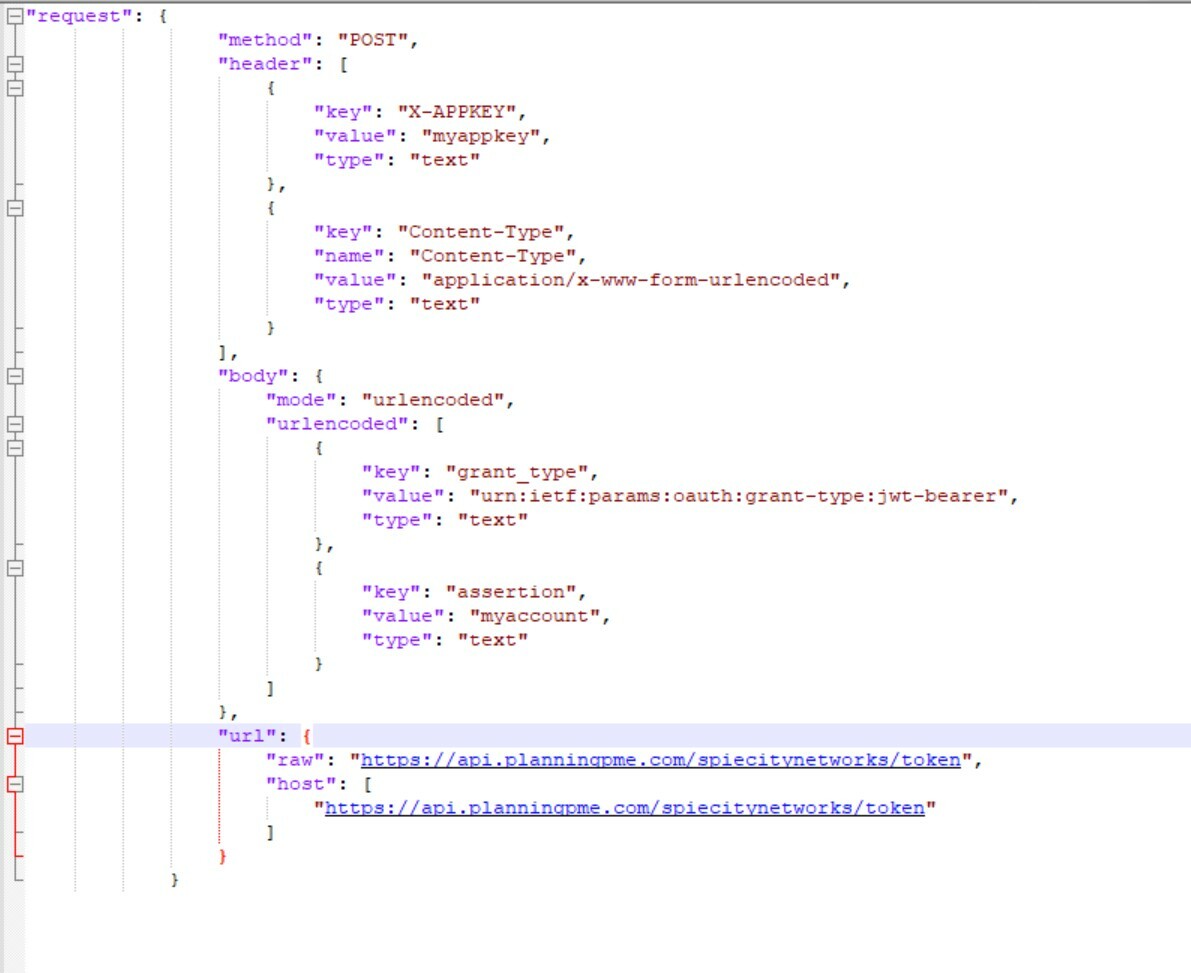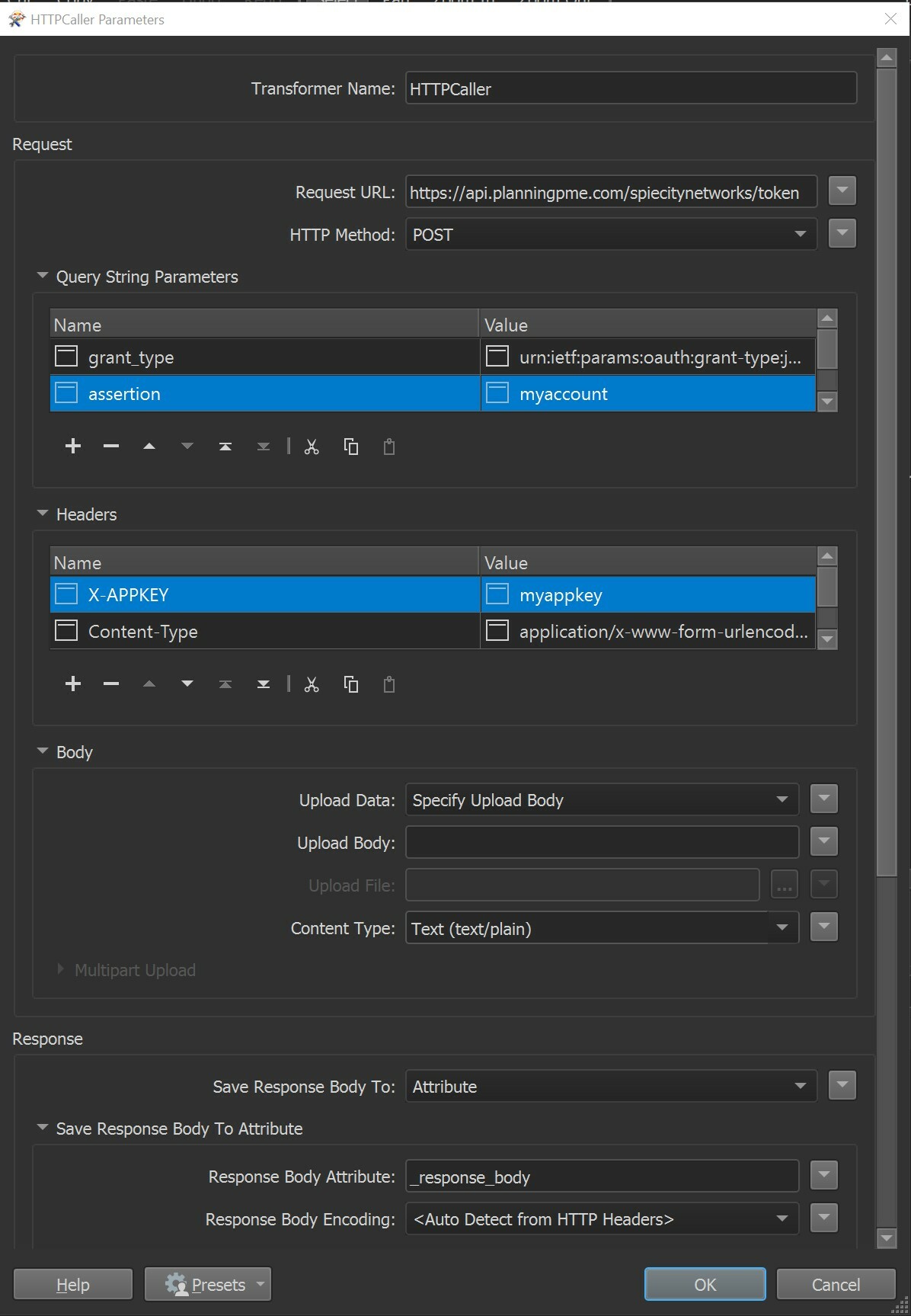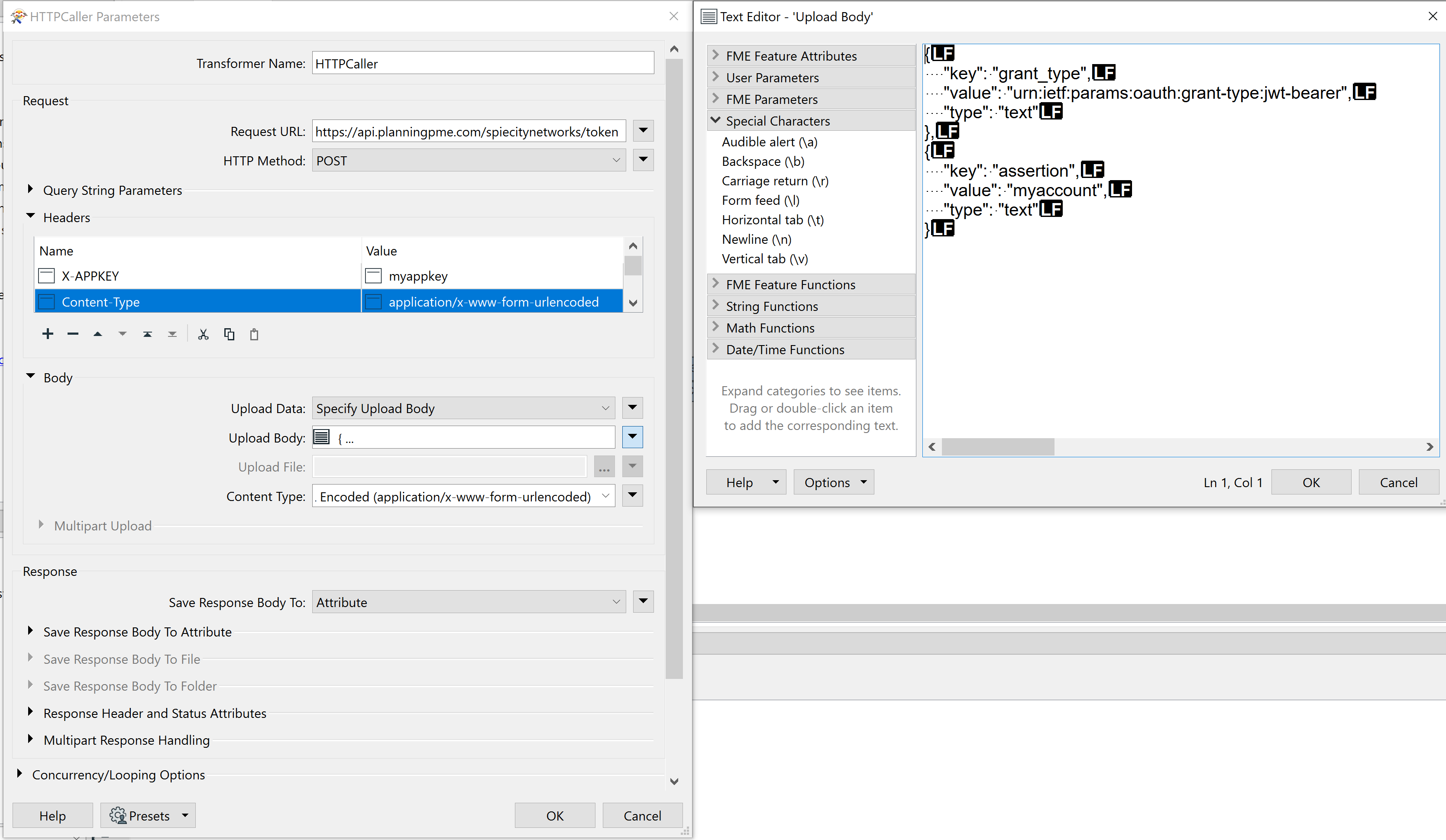hi community,
I need some help.
I would like to connect my information system to Planning PME via API. For that, I need to get a token.
With a OAuth 2.0 protocol, I know how to do but the protocol is not a OAuth 2.0 protocol. I just have a API key and my login ID
Perhaps I have to enter these parameters in a HTTP Caller?
I attach the API Documentation.
Thanks for your help
Best answer by danminneyatsaf
View original




 Thanks for your help
Thanks for your help

